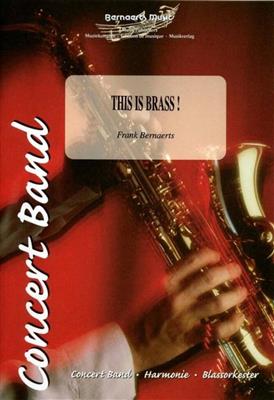We've found 1000 matches for your search
Results
-
 £58.50
£58.50 -
 £76.95
£76.95 -
 £66.95
£66.95For On This Day A Child Is Born - Jeremy Bell
Estimated dispatch 7-14 working days
-
£65.99
Take This - Brooke
Estimated dispatch 7-14 working days
-
£93.50
This Old Man
A set of variations on the familiar tune. The theme travels through various musical settings in the course of its "around-the-world" journey. ("British, German, Oriental and South-of-the-border.")An optional narrator part is included and can be quite effective, especially if performed using the different dialects.
Estimated dispatch 7-14 working days
-
£71.80
This is the Life - Amy Madonald
Estimated dispatch 7-14 working days
-
 £73.60
£73.60This Is Brass - Frank Bernaerts
Estimated dispatch 7-14 working days
-
 £71.80
£71.80This Is The Moment - Frank Wildhorn
Estimated dispatch 7-14 working days
-
 £71.80
£71.80Feel This Moment - Christina Aguilera
Estimated dispatch 7-14 working days
-
 £92.00
£92.00This Is Love - Günter Noris
Estimated dispatch 7-14 working days
